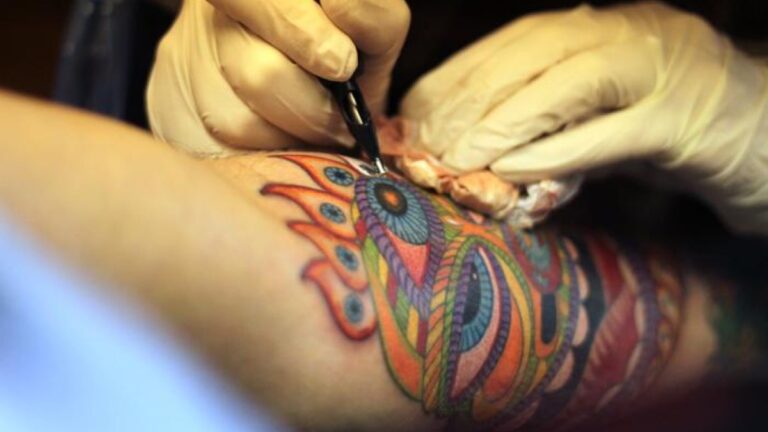Despite stricter regulations, Europe has issues with tattoo ink ingredients

Recently, chemists at Binghamton University learned that many tattoo inks in the US contain different pigments than those listed, or unlisted additives. One might expect the European Union, with its stricter regulations, to have fewer issues on that score, but according to a new paper published in the journal Analyst, that’s not the case, particularly for green and blue tattoo inks. Most had components that were not listed on the label, and some included banned ingredients.
“Our work cannot say anything about the safety of tattoos, but we think it’s an important first step in addressing the question ‘Are tattoos safe?’” said co-author John Swierk, a chemist at Binghamton University. “If we don’t know what’s in a bottle of tattoo ink, then we cannot figure out what might be causing an adverse event in the near and long term, whether that’s an allergic reaction or something more serious. As a team, we aren’t anti-tattoo, we just believe that clients and artists have a right to know what’s in the inks they are using.”
As previously reported, typical tattoo ink contains one or more pigments (which give the ink its color) within a “carrier package” to help deliver the pigments into the skin. The pigments are the same as those used in paints and textiles. They can be either small bits of solids or discrete molecules, such as titanium dioxide or iron oxide (for white or rust-brown colors, respectively). As for the carrier packages, most ink manufacturers use grain or rubbing alcohol, sometimes with a bit of witch hazel added to the mix to help the skin heal after the tattooing process. There may also be other additives to adjust the viscosity and keep pigment particles suspended in the carrier package.



